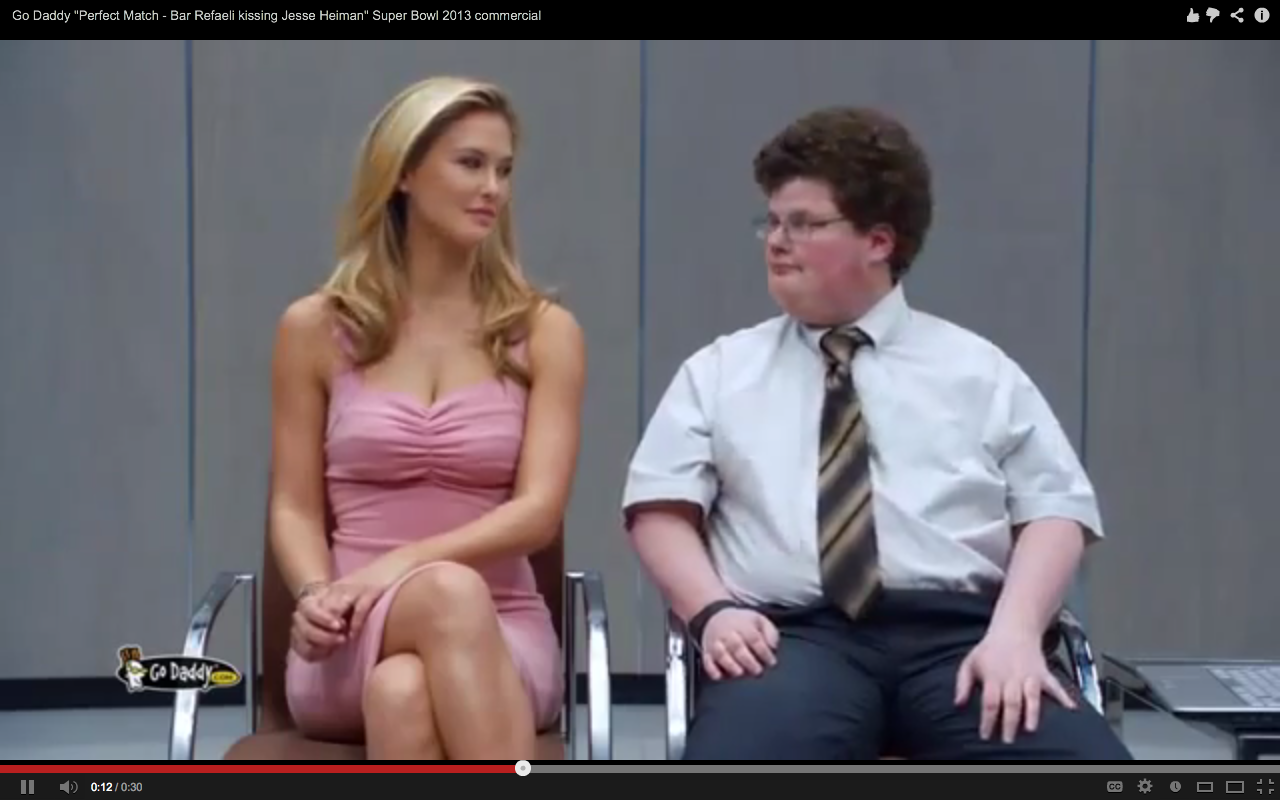This Super Bowl, advertisers shelled out up to $4 million for a 30 second commercial. About 108 million Americans, bellies full of beer and wings, constituted their captive audience.
There are the usual players in any year’s batch of ads: scantily clad women, Clydesdales, delicious-looking six packs (that’s Calvin Klein, not Budweiser), and, inevitably, a few in the mix that stir the pot of controversy.
Watching the Super Bowl as a family is an American tradition. The big game is more of a major televised event than a major televised sporting event, with star-studded half-time shows and the advertisements themselves providing entertainment for the sports-apathetic. With full knowledge that children’s eyes will be on the screen, advertisers are charged with the task of building the best, brightest and most buzz-generating spots for game day. Not surprisingly, a number of the commercials unveiled this past Sunday were not entirely suitable for young eyes.
Audi’s “Prom” spot featured a young boy en route to the prom sans date, driving his father’s Audi. His confidence gains as he drives, so he enters the prom, waltzes over to the beautiful prom queen, kisses her, and is met with the death glare of her king. The spot ends with the boy driving home wearing a proud grin and a black eye.

Some feminists, including blogger Amanda Marcotte, say that the teenager’s brazen smooch is a show of “forced intimacy,” which, though not illegal, is somewhat of a variation of sexual assault. These critics proclaim it a poor example for children regarding romance and the need for sexual consent, if only in the form of an innocent albeit forced kiss.
Still another widely criticized commercial was Go Daddy’s spot with supermodel and Leo DeCaprio ex Bar Refaeli. The spot, which features Walter, a stereotypically geeky and “unattractive” young man kissing the beautiful Refaeli is a metaphor for sexy meeting smart in the Go Daddy design and technology. The kiss is audio-enhanced and sloppy, very obviously directed to gross viewers out.
But what’s so gross about the kiss? The fact that it perpetuates social norms. Supermodels don’t kiss overweight, glasses-donning nerds, much less with quite so much tongue. The commercial also distinguishes between beauty and brains, and not-subtly supposes that we are gifted with one or the other, but never both. Walter’s stereotypically geeky appearance proclaims that tech-savvy and intelligent people aren’t physically attractive, at least not conventionally. Refaeli’s low cut dress and lack of dialogue proclaims that pretty people don’t have much to contribute beyond eye candy. However, not all smart people are “ugly.” Not all pretty people are dumb. And this isn’t something American children need to be conditioned to believe any further.
If we wanted to, we could somehow take issue with every single commercial shown on Sunday night. Taco Bell’s jovial depiction of elderly retirement residents sneaking out for a night of debauchery and discount tacos could be deemed ageist. Axe’s “Hero” spot featuring a lifeguard saving a bikini-clad damsel in distress fits the bill for sexism. Why are women the ones who always need to be saved? Why not a female lifeguard rescuing a drowning man? Volkswagen’s “Get In. Get Happy.” has been flagged as racist by some for its depiction of a white man from Minnesota faking a Jamaican accent.
But if all American parents pressed the power button on the Plasma entirely, it would’ve been a mistake. The objectification of women, and even men, as in Calvin Klein’s “Concept,” may not be right, but it is culturally pervasive, and as American children grow up, these are the images they’ll be confronted with both on billboards and online. It is preferable that children are faced with these images while in the presence of their parents, who can use the opportunity to explain them and stimulate educational discussion. When advertisements are genuinely offensive, we as consumers in a capitalist nation have the option of expressing our offense by refusing to buy the brand’s products or services.
Taco Bell’s “Viva Young” might also be interpreted as a feel-good “age is just a number”-themed spot, and Volkswagen’s commercial can be seen as promoting a positive portrayal of Jamaicans as an optimistic people. Jeep’s “America Will Be Whole Again” evokes patriotism, pride, and unity. Samsung’s hilarious “The Next Big Thing” featuring Paul Rudd, Seth Rogen and Lebron James evokes… the hilarity that is Rudd and Rogen. The intention of advertising may be to sell us something, but so long as we’re aware of that, who says we can’t revel in the feel-good funniness of so many of the ads shown Sunday night (and year-round) on American television? If it’s wrong, then it’s wrong, but if it’s not, lighten up. He may be a fictional character, but Don Draper got it right when he said, “Advertising is based on one thing: happiness.” (Okay, and maybe consumerism, too. Happiness and consumerism.)


no, no, no you can’t quote a fictional character in your article. Do your work properly and stop taking the easy way out!
Tom – Yes you can quote a fictional character in a blog, especially when you out right state that the character is fictional. Do your work properly before posting a comment like that.